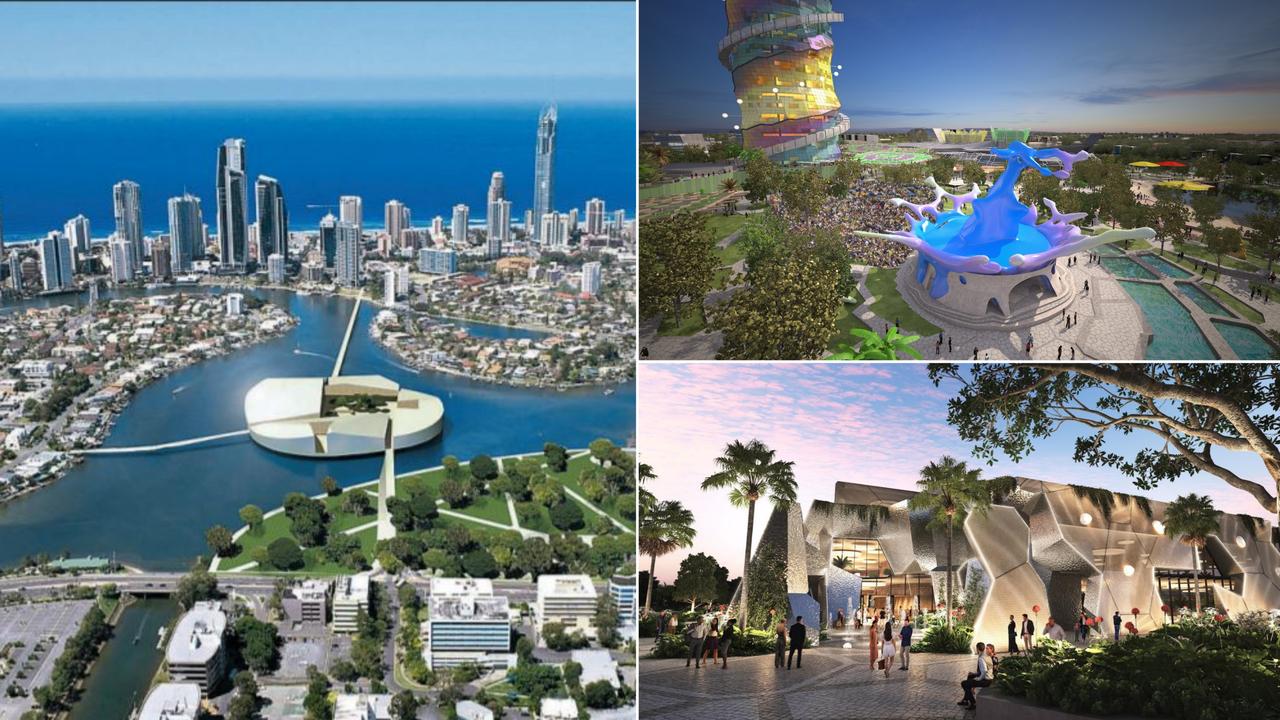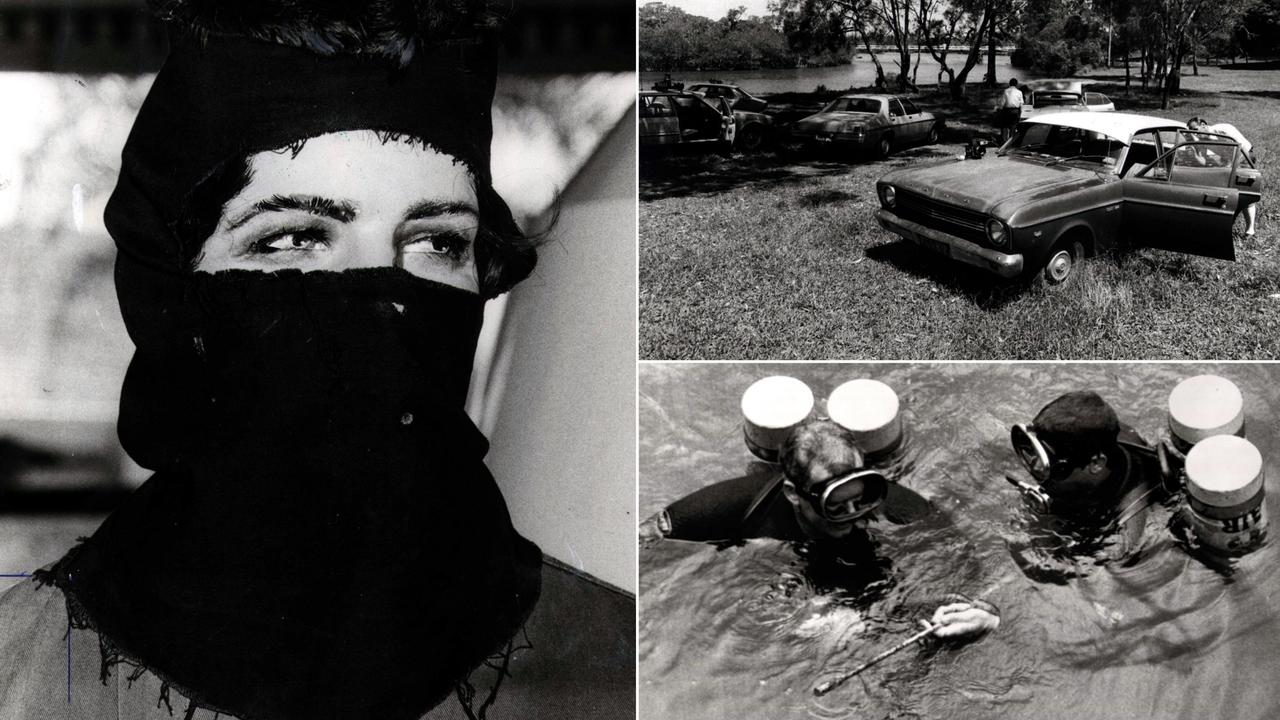World War II Gold Coast: How city celebrated the end of 1939-1945 conflict
As the dancing man made his way through the streets of Sydney and into history, Gold Coast residents celebrated the end of World War II in their own special way. This is how they did it.
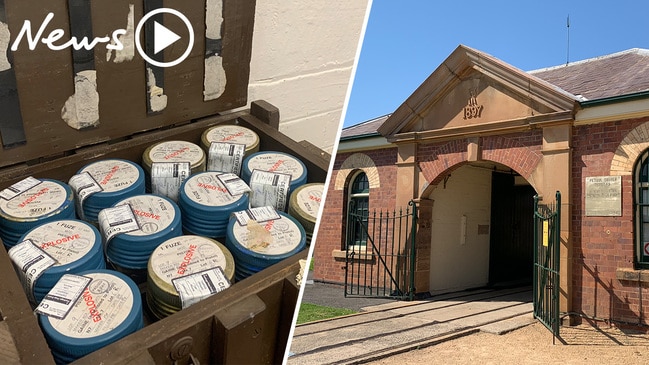
History
Don't miss out on the headlines from History. Followed categories will be added to My News.
IT was the moment the world had waited for after six long years of war.
Wednesday, August 15, 1945 began like any other for Gold Coasters, waking up to warm sunny weather and wondering what the day would bring.
Everyone knew World War II was winding down: Nazi Germany had been defeated three months earlier and the war in Europe was over, but Australian forces continued to battle the Empire of Japan in the Pacific.
BEST GOLD COAST ADVERTISING - 1930
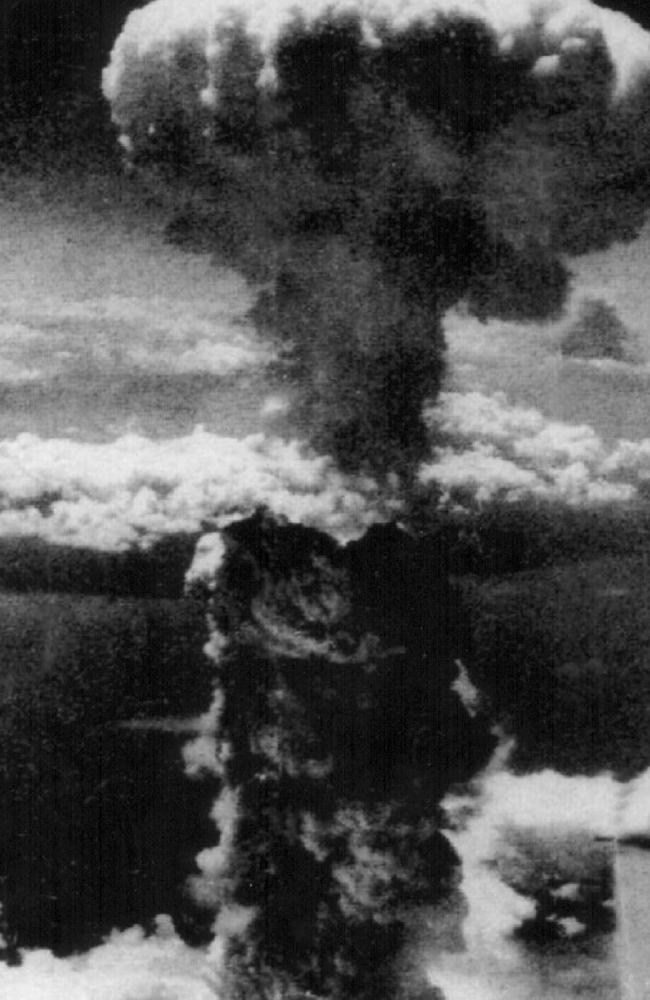
GOLD COAST DIGGER’S HEARTBREAKING WORLD WAR II MEMOIRS
By August 15, it had been a week since the atomic bombings of Hiroshima and Nagasaki and the Soviet Union’s invasion of Japan-controlled Manchuria in China, signalling a dramatic escalation of the Allies’ campaign to end the destructive conflict.
Nervous anticipation grew over how much longer the war would continue.
But at 9am everything changed.
An announcement was broadcast from British Prime Minister Clement Attlee that Japan would capitulate that day.
Attlee’s broadcast was followed hours later by that of Japanese Emperor Hirohito confirming that he would surrender.
HOW WORLD WAR I VETERANS CELEBRATED ANZAC DAY 50 YEARS
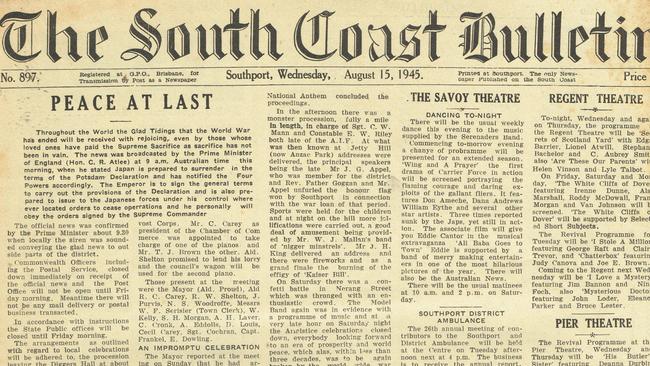
WAR TRAGEDY - HOW THE TATE FAMILY LOST THEIR YOUNGEST SON
Sirens were sounded on public address systems throughout Southport that morning, before new Australian Prime Minister Ben Chiefly broadcast news the war had ended.
He announced that all government services, including the post office, would close immediately for two days.
When the news came through all work for the day practically ceased across the region as shops closed.
Streets across Australia were packed with revellers who could not help but express their joy at the war’s end.
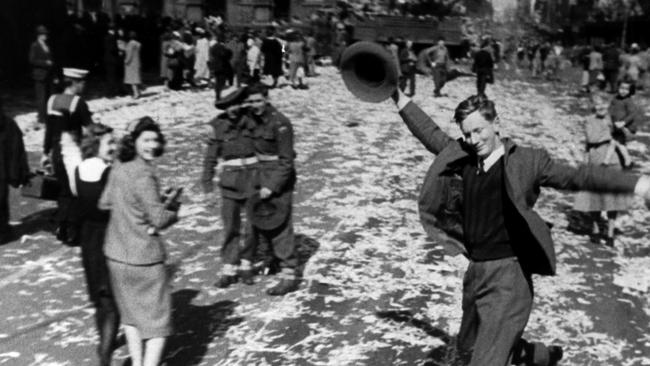
In Sydney, a newsreel camera captured famous footage of a man dancing through the streets.
There were similar scenes in Southport where official celebrations began at 3pm with a march from Diggers’ Hall to the war memorial at Anzac Park on the foreshore.
The Municipal Band led the parade to the park where the events began with “doxology” and the national anthem, God Save the King.
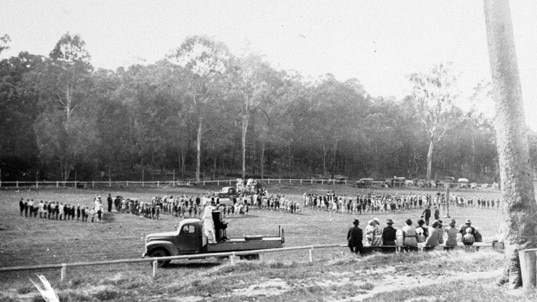
Among those who attended was future MP Cec Carey, then present of the Chamber of Commerce, and the Mayor, Alderman Joseph Wood Proud.
This newspaper, then known as the South Coast Bulletin, described the day as one of great joy.
“Throughout the world the glad tidings that the world war has ended will be received with rejoicing, even by those whose loved ones have paid the supreme sacrifice, as (that) sacrifice has not been in vain,” the paper’s editorial wrote that day.
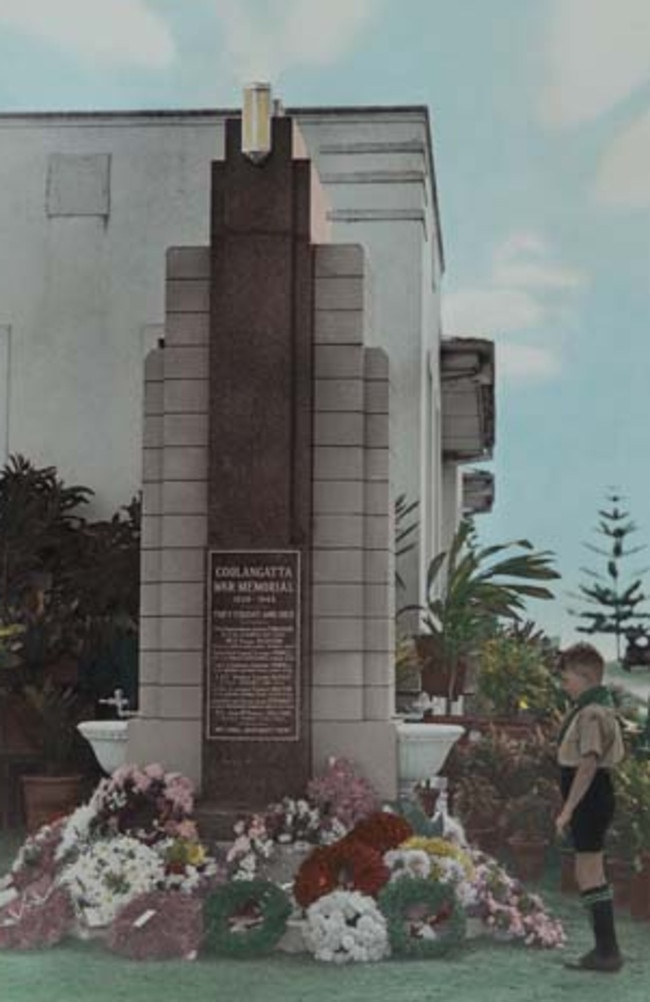
The Bulletin compared these events with the celebrations held on November 11, 1918 to mark the end of World War I.
“A rocket was sent up from Mr S.H Earl’s Southport residence when appraised of the cessation of hostilities,” the Bulletin reported.
“Southport’s thankfulness was expressed in an outburst of feeling and, for the time being, everyone ran riot.
“The sawmill siren and whistles blew and soon there was a din completely outrivaling anything heard before in the peaceful seaside town of Southport.”


